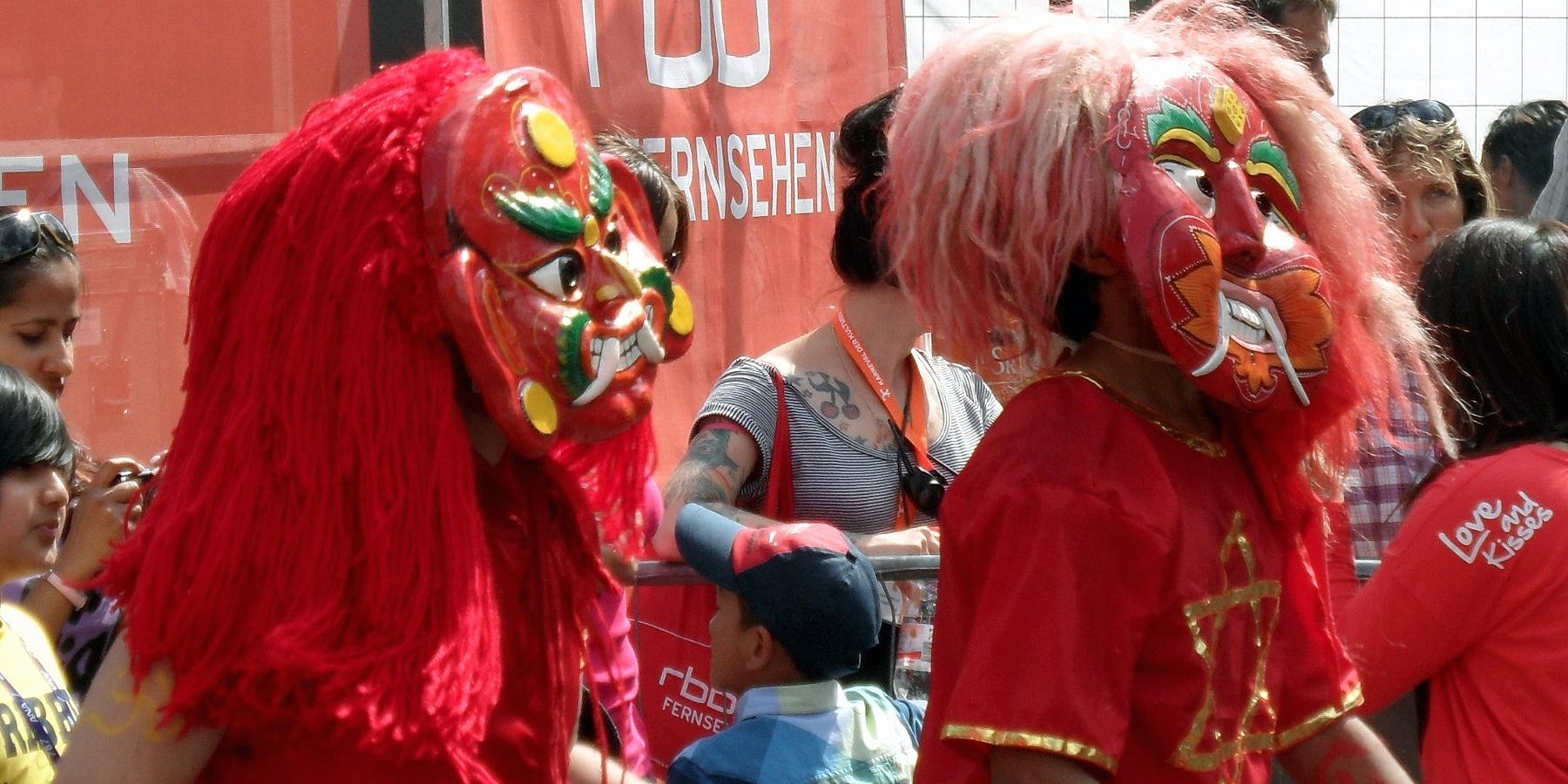Teej Festival holds a special place. Celebrated with great zeal and enthusiasm, Teej is a time when Nepali women come together to rejoice in their womanhood and celebrate marital bliss.
The Origins of Teej
Teej finds its roots in Hindu mythology, tracing back to the union of Lord Shiva and Goddess Parvati. It is said that Parvati observed rigorous fasting and prayed for the well-being of her husband Shiva. Pleased by her devotion, Shiva granted her a boon and declared that women who fast and pray on this day will be blessed with a happy and prosperous married life.
Significance and Cultural Importance
Teej is not just a festival; it's a celebration of the essence of womanhood. The festival holds immense cultural importance as it brings women from various walks of life together. It's a time for married women to honor their husbands' longevity, and unmarried women to pray for a husband like Lord Shiva. The red attire worn during Teej symbolizes love and commitment.
The Rituals and Customs
Teej is characterized by a series of rituals that add charm to the celebration. The festival usually spans three days. On the first day, women cleanse themselves and dress up in red attire. The second day involves fasting from sunrise to moonrise, with women refraining from even water. The final day witnesses the immersion of the Teej idol in water, signifying the end of the fasting period.
Henna plays a significant role during Teej. Women adorn their hands and feet with intricate henna designs, symbolizing love and affection between couples. Singing and dancing are integral parts of the festivities, as women gather to sing traditional Teej songs and dance to folk tunes.
Preparing for the Celebration
As Teej approaches, Nepali households buzz with activity. Markets are adorned with colorful fabrics, bangles, and accessories, as women shop for their festive attire. Traditional sweets and savory delights are prepared in abundance. Women engage in rigorous fasting, abstaining from food and water to seek divine blessings for their families.
Traditional Attire and Adornments
Red is the color of the season during Teej. Women dress in vibrant red saris, representing the color of love and passion. Adorned with intricate jewelry, including earrings, necklaces, and bangles, they radiate elegance and grace. The red bangles hold a special place, signifying the bond between husband and wife.
Mouth-Watering Delicacies
Teej is a treat for the taste buds as well. Traditional Nepali dishes like sel roti, a crispy ring-shaped rice bread, and samosa, a savory pastry, take center stage. Sweets like rasgulla and gulab jamun add a touch of sweetness to the festivities. Families come together to savor these delights and bond over culinary traditions.
Music, Dance, and Merriment
The air is filled with joy during Teej, as women gather to sing and dance. The traditional Teej songs reflect themes of love, relationships, and marital life. Women form circles and dance to the beats of traditional instruments. These lively performances create an atmosphere of merriment and togetherness.
Modern Twists: Teej in the Present
While Teej remains deeply rooted in tradition, modern influences have added new dimensions to the celebration. Social media platforms showcase women sharing their Teej experiences, outfits, and festive preparations. Teej beauty contests and cultural programs bring a contemporary touch to the festivities, blending the old and the new.
Q: What is Teej?
A: Teej is a Hindu festival celebrated by women in Nepal to honor the union of Lord Shiva and Goddess Parvati.
Q: When is Teej celebrated?
A: Teej is usually celebrated in the month of August or September, depending on the lunar calendar.
Q: Can unmarried women participate in Teej?
A: Yes, unmarried women also participate in Teej to pray for a good husband like Lord Shiva.
Q: What is the significance of red attire during Teej?
A: Red attire symbolizes love, commitment, and the essence of womanhood during Teej.
Q: Are there any specific dishes associated with Teej?
A: Yes, dishes like sel roti, samosa, rasgulla, and gulab jamun are commonly enjoyed during Teej.
Q: How is Teej celebrated in modern times?
A: Modern celebrations include beauty contests, cultural programs, and sharing festivities on social media.
Q: What is the duration of Teej?
A: Teej typically spans three days, with fasting on the second day being the most significant ritual.
Q: What is the role of henna during Teej?
A: Henna designs are adorned as a symbol of love and affection between couples during Teej.
Q: Can men participate in Teej?
A: While Teej is primarily a festival for women, men also participate in supporting roles and enjoy the festivities.
Q: How does Teej strengthen community bonds?
A: Teej brings women together, fostering a sense of community and shared cultural identity.
In conclusion, the Teej Festival in Nepal is a captivating blend of tradition, culture, and unity. As women fast, pray, and celebrate their marital bonds, the festival weaves threads of togetherness and spirituality. From vibrant attire to mouth-watering delicacies, Teej is a feast for the senses and a celebration of womanhood. With modern influences adding new dimensions, Teej continues to evolve while preserving its deep-rooted customs. So, come join the festivities, and immerse yourself in the colors, songs, and traditions of Teej.
There are countless festivals and events celebrated in Nepal each year, with many rooted in traditional and cultural practices that have been passed d...
The Janaipurnima Festival, also known as Janai Purnima or Raksha Bandhan, is a widely celebrated festival in Nepal. This festival, deeply rooted in Hi...

Exploring the Significance and Traditions of Gai Jatra Festival in NepalGai Jatra, a remarkable festival in Nepal, holds immense cultural significance...
